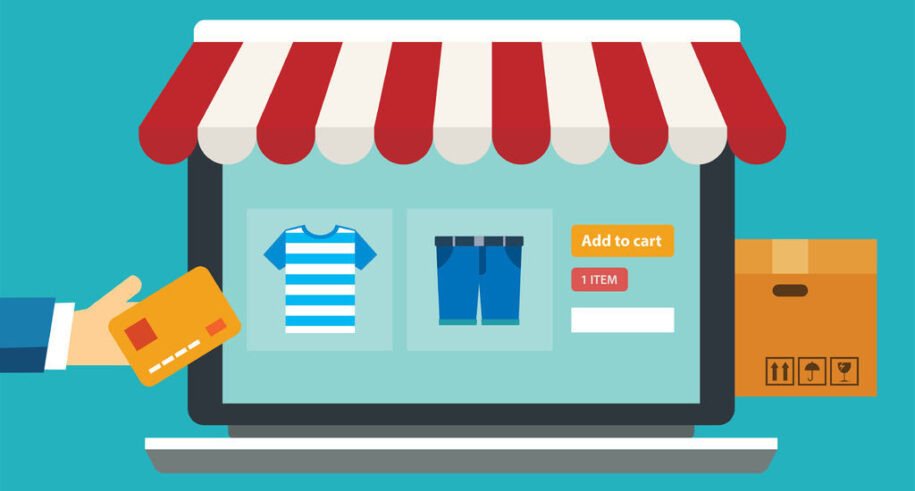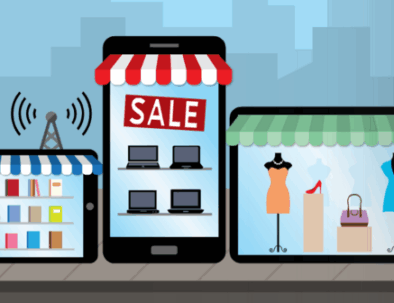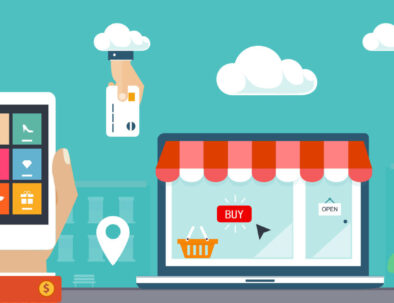The demise of brick-and-mortar retail and that it would experience an inevitable and “absolute” death as eCommerce evolved further is becoming far from the truth. Unlike video that killed the radio star, eCommerce is not doing the same to physical retail. But as we are learning more about the influence digital has on retail, we might be talking more about the death of pure-play eCommerce as consumers become increasingly reliant on physical stores when transacting online.
The 800 lb Gorrilla Opens Stores
Despite large chains shuttering stores, a resurgence at retail is emerging as digital is increasingly embraced. It’s not just because startup darlings Casper, Warby Parker, and others continue expanding their physical footprints, but because none other than Amazon itself – the original Great Disrupter of brick-and-mortar retail – has big plans to broaden its retail operations. The incursion began last year with Amazon opening its first bookstore in its native Seattle. The company continued with the unveiling of Amazon Go, a hometown grocery store that eliminate the checkout process altogether.
Why Open Stores Now?
Since Amazon competes with everyone, we are all curious as to why they would begin to open physical stores who they have helped put out of business. Here are some of the reasons why:
- There is no better form of advertising than being listed in physical retail where products can be experienced with all the senses
- Consumers want the convenience physical stores offer and like all of us need to cater to customers
The Brick-and-Mortar Advantage
The aspect many underestimate at retail is experience, the ability to see, touch, and feel is a competitive advantage no online eTailer can compete with. Furthermore when looking at statistics on consumer preferences, “consumers actually like going to stores. They obtain an emotional attachment to a product when they can touch, feel, and see it” says Nick Kolobutin, founder of ShipEarly.com.
In a recent survey conducted by A.T. Kearney where 2,500 consumers who shop online where polled, those who preferred to buy online still rely on a physical store either before or after their purchase. “That means before you buy a bike, you’ve likely seen it in person by another customer or you leverage a physical environment prior to the purchase.”
Beyond the emotional pull, physical stores have also proven to be integral to customer loyalty, returns, fulfillment and – believe it or not – a driver of online sales. What the report recognizes is that if consumers don’t have a store near their house to make an eventual return, sales are hampered. Consumers prefer to buy online and pick-up in store and when a local retailer is involved it offers a sense of trust or credibility to the online purchase. This is increasingly evident as 95% of all eCommerce sales come from retailers with a brick and mortar presence. As a result two thirds of consumers still rely on physical stores when making purchases demonstrating brick-and-mortar adds value to consumers and brands when transacting online. Retail is a mix between digital capability and a physical capability, and, for most branded manufacturers selling exclusively online, not having a physical ability has become a liability.
It doesn’t have to be this way, by partnering online with retailers brands can become omnichannel sellers offering the conveniences consumers are asking for. Integrating retailers can grow top-line revenue by facilitating more transactions to improve the likelihood of consumer purchase. Investing in your own retail infrastructure is expensive and risky to execute. We are the experts when it comes time to partnering online with in-market retailers to offer consumers the best of online and offline retail.
Want to become an omnichannel brand? Contact us at ShipEarly and we will help you get started.





